🕊️ BIRDS EYE STRUCTURE CHECKLIST FOR A MYSTERY NOVEL 🕊️
FOUR ACT NOVEL STRUCTURE - PART 1
| THE HOOK
How can you immediately hook the reader’s interest? |
INTRODUCTION
Introduction of the Main Character (MC) |
INCITING INCIDENT
What happens to draw a reluctant MC into the story or plot? |
FOUR ACT NOVEL STRUCTURE - PART 2
| THE PLOT THICKENS
What happens early in part two that deepens the plot? |
HOW DOES THE MC CHANGE?
What happens in the story that begins to change the MC? |
MIDPOINT OF STORY
What Twist or Surprise will take place by the middle of the story? |
FOUR ACT NOVEL STRUCTURE - PART 3
| SURPRISES REVEALED Surprising Clues or Revelations of hidden truths or lies. This reveals ¾ of the truth of the plot. | FULL TRUTH REVEAL
What is the final clue that reveals the entire truth? How does this new info change the plotline or turn it in another direction? |
POSITIONING FOR THE CLIMAX
What is the final setup needed for the climax or big reveal to occur? |
FOUR ACT NOVEL STRUCTURE - PART 4
| CLIMAX SCENE
Full Truth or Revelation made. What emotions need to be displayed? |
QUICK REVIEW
Review of the plot quickly and indicate how the MC solved the mystery |
THE NEW NORMAL
How is the MC different going forward? What does the new normal look like? |
THE STORY ELEMENTS:
THE HOOK: What can happen on the first page or two that will draw the reader immediately into the story? What questions will arise to make the reader want to keep reading to find out?
MAIN CHARACTER: The readers want to know who the story is about as well as who is telling the story. What will make the MC compelling enough that the readers will want to know more about them and keep reading?
INCITING INCIDENT: How or Why does the reluctant MC get involved in the story/journey? What clues can you introduce early on regarding why the MC chooses to get involved? (The clues in the beginning are aiming at a red herring or a first dead-end. Remember, early on, you are holding back a lot of truth about where you and the reader are actually going. 😜
THE PLOT THICKENS: How does the plot deepen in part two? What background information, clues, facts or lies are dropped to relay the story and add to the suspense or mystery of the story pathway going forward?
MAIN CHARACTER ARC: Think ahead of time where the MC will begin in his/her character arc. Then think of ways to show the full arc and how you will add these changes into the plot. How will this play out in action? How does he or she change as the result of what is going on in the plot? How will lies or surprises or shocks affect your MC?
FIRST TWIST OR SURPRISE: What surprise, turn or twist can take place at the end of part 2? This is where your story will proceed to the second arm of the cactus. How will this surprise change the pathway of the novel’s journey? What shifts with this turn?
SURPRISES REVEALED: What surprise will be revealed in this section? How will this change the direction of the plotline? What change or changes can happen in this section to set up the ultimate revelation of the plotline? In mystery suspense novels, only ¾ of the truth of the plot is revealed in the beginning of Part 3. You’re still in the second arm of the cactus.
FINAL TRUTH REVEALED: In mystery suspense, it’s good to have a final revelation or clue drop to give a final twist to the plotline. This will bring you and the reader onto the main plotline that will lead to the climax and the truth. What can this be?
POSITIONING FOR THE CLIMAX: Position the characters and make all revelations by the end of Part 3. The Climax should be set up by this time.
CLIMAX SCENE: How will the climax play out? What action will there be? What emotions will take place? How will the location of the scene help this?
QUICK REVIEW: Some readers are busy and may miss a clue or two. Other readers will be on your every word. How can you review the facts in a way that will fill in the gaps for the busy readers and not bore the seasoned mystery readers? You need a way to go over the plotline quickly without insulting the avid readers.
THE NEW NORMAL: This is the scene that allows the reader to breathe, lets them know all is well and life will go on. You want to give the reader a view of how the new normal will be, how the MC will be different going forward. How has the past drama or story changed the MC and how will he or she be different?
This can also be a scene where you are setting up the next book in a series. If you do, be aware, many readers don’t like cliffhangers, so be careful. If you want to download the 3-page template, sign up below and download the pdf to have handy.






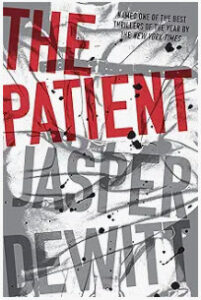


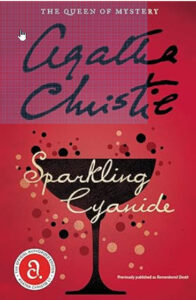


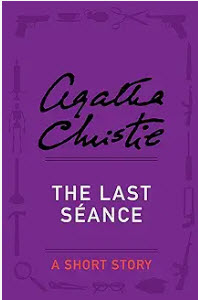
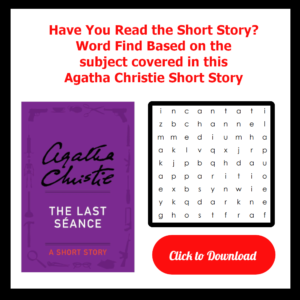


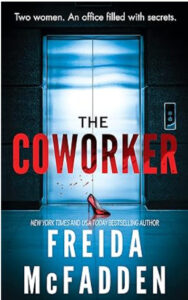
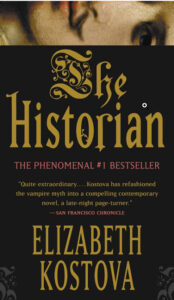
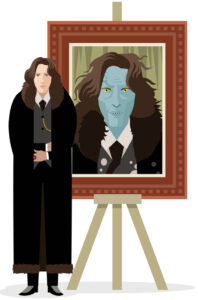
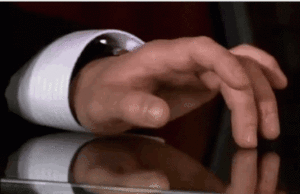 When I self-published my first novel, I finished it and uploaded it and waited. That's when I learned how important marketing the book is. I also learned through the next several books how important it is to take advantage of each tiny phase of a book launch for marketing. That's what this blog post is about.
When I self-published my first novel, I finished it and uploaded it and waited. That's when I learned how important marketing the book is. I also learned through the next several books how important it is to take advantage of each tiny phase of a book launch for marketing. That's what this blog post is about.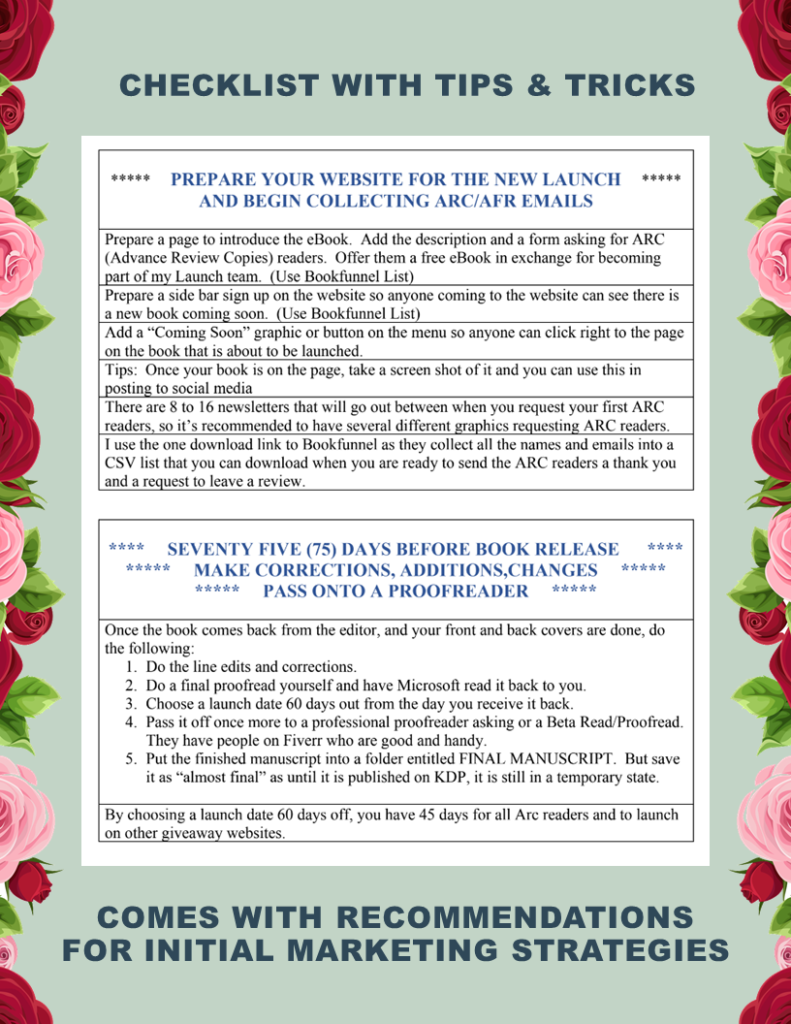
 In Layer 8, I do a read-back. In Microsoft Word, I use the Read-Aloud feature that is contained on the Review Tab. By listening to the book read aloud by someone else, it doesn't skip over mistakes like I do as the author. By the time I'm finished with Layer 7, I've read and reread this book too many times to trust my eyes to spot every error.
In Layer 8, I do a read-back. In Microsoft Word, I use the Read-Aloud feature that is contained on the Review Tab. By listening to the book read aloud by someone else, it doesn't skip over mistakes like I do as the author. By the time I'm finished with Layer 7, I've read and reread this book too many times to trust my eyes to spot every error.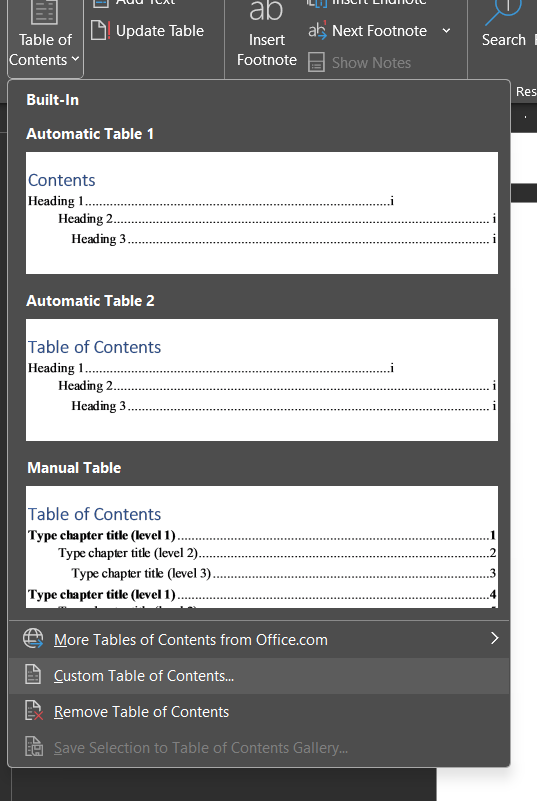
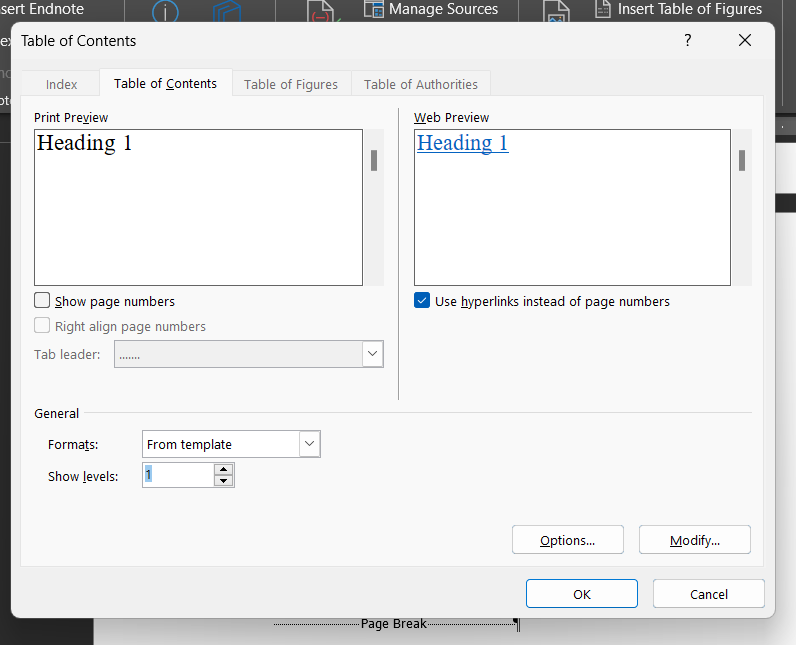
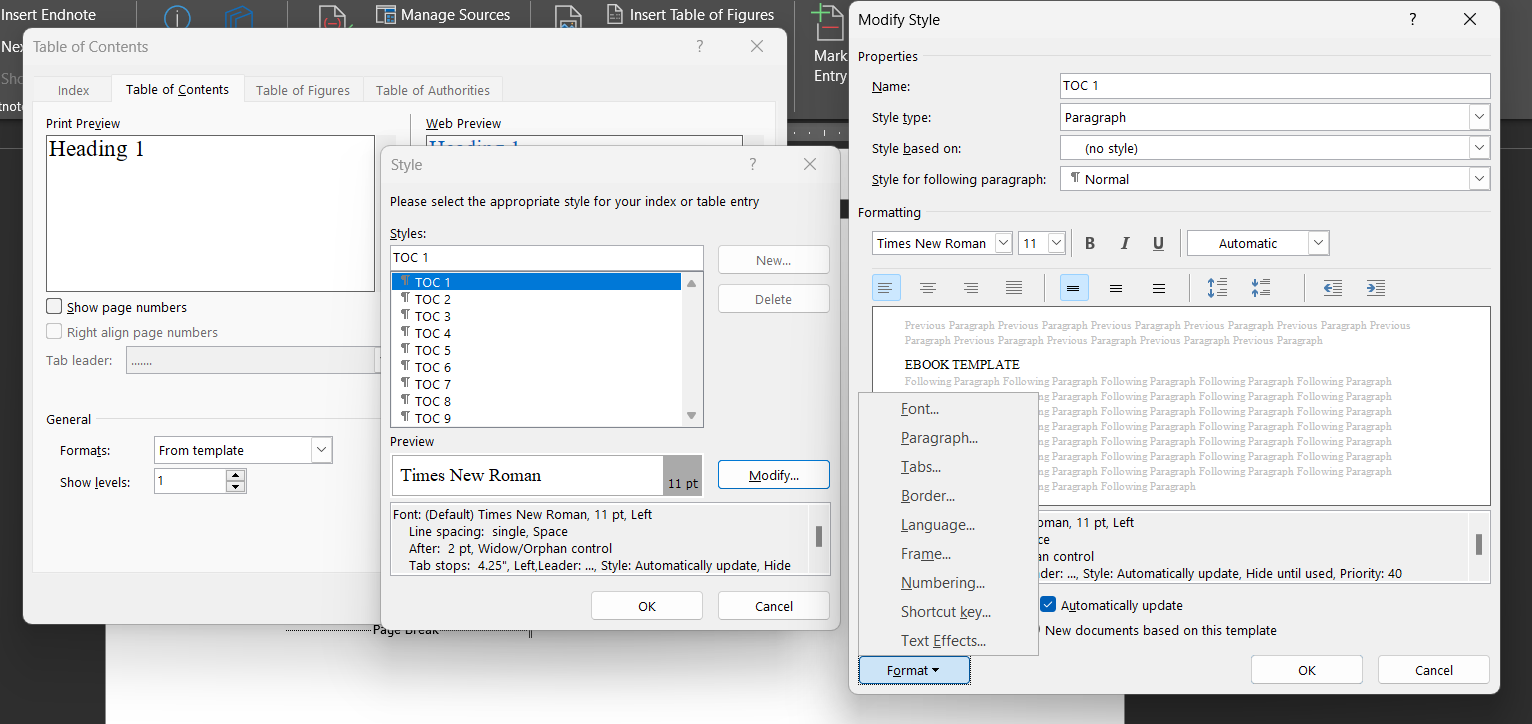
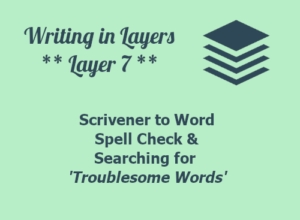 We compiled the novel into a Word document and named it "Manuscript from Scrivener". That's where we now pick up with Layer 7.
We compiled the novel into a Word document and named it "Manuscript from Scrivener". That's where we now pick up with Layer 7.